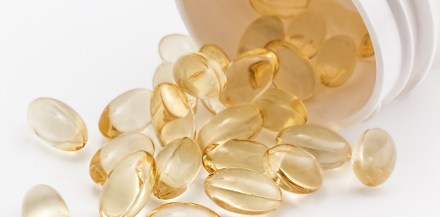Winter is upon us and with it, the risk of various infections also increases. According to doctors, the risk of vitamin D deficiency also increases in the winter season.
“Winter is around the corner. In addition to common health ailments like the cold, flu, sore throat, and Pneumonia, Vitamin D deficiency is also associated with this season. Vitamin D is produced under the skin when the body is exposed to ultraviolet ‘B’ rays of the sun. During winter, people usually spend less time outdoors due to the cold weather. Also, to protect one from the cold, their bodies are covered in warm clothing,” Dr Siddharth Shah, Consultant-Orthopaedics & Joint Replacement Surgeon, Fortis SL Raheja Hospital, Mahim told Financial Express.com.
According to Dr. Shah, these factors significantly reduce skin exposure to sunlight, critical for vitamin D synthesis.
“The chill in the air often results in smog, which can diminish the penetration of sunlight. Research has shown that significantly more prolonged exposure to sunlight is required in winter compared to summer to generate the exact amounts of Vitamin D. All these factors contribute to the increased incidence of Vitamin D deficiency during winter,” he said.
How much vitamin D is required?
According to Dr. Shah, an average healthy adult requires 600-800 IU of Vitamin D daily.
“Since sunlight is reduced during the winter, it is essential to make up for this loss through dietary modification. Milk, Milk products, Eggs, Mushrooms, and fortified foods like juices and cereal can help to meet the daily requirements of Vitamin D. In addition, Vitamin D supplements can also be prescribed for individuals who are unable to meet the deficiencies through dietary changes so that there are no adverse effects on their health,” he added.
How vitamin D levels can be increased?
According to Dt. Deepali Sharma, Clinical Nutritionist at the CK Birla Hospital (R), Delhi, it’s important to find ways to maintain the vitamin D status in the body during the winter months.
“For non-vegetarians, some good sources of vitamin D include fatty fish like salmon, tuna, and sardines, as well as cod liver oil, beef liver, and egg yolks. Eating these foods in moderation can meet the vitamin D level required by the body,” Sharma told Financial Express.com.
Of course, the best way to get vitamin D is from sunlight. But if a person is not able to get enough sun exposure, or if someone lives in a northern climate where the sun is weak during the winter, they may want to consider taking a vitamin D supplement, she said.
“Consulting a doctor or a registered dietitian to find out how much vitamin D is required in the body will also help,” she added.
